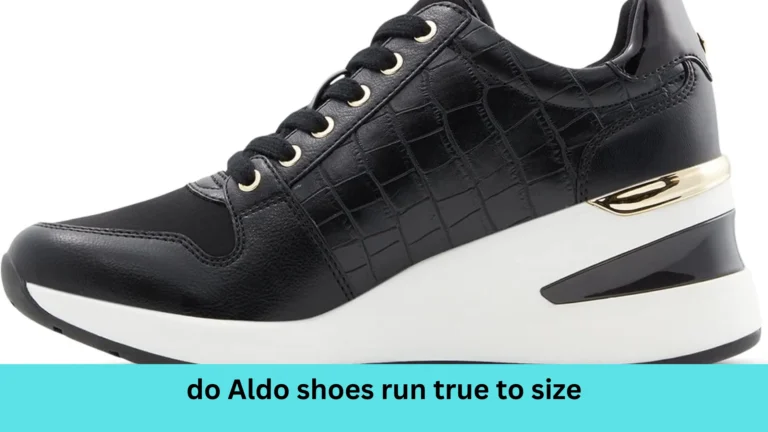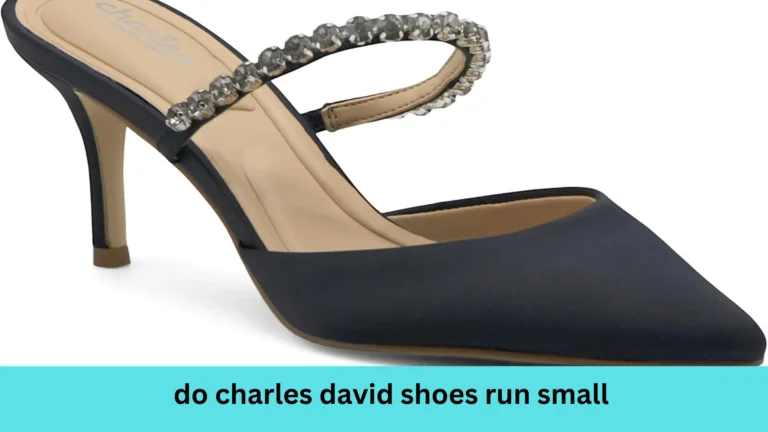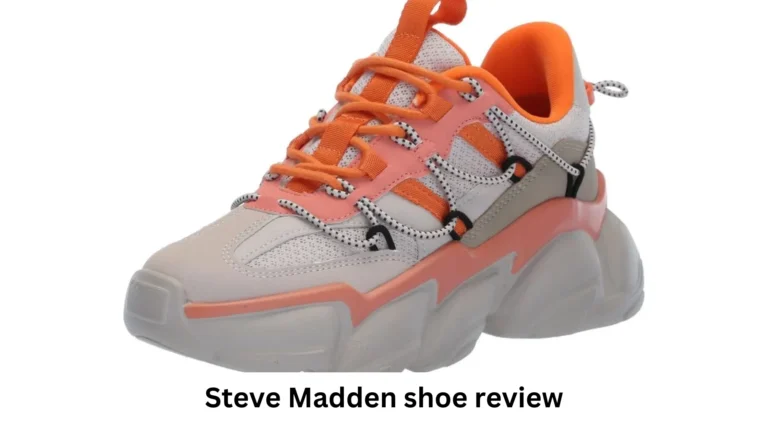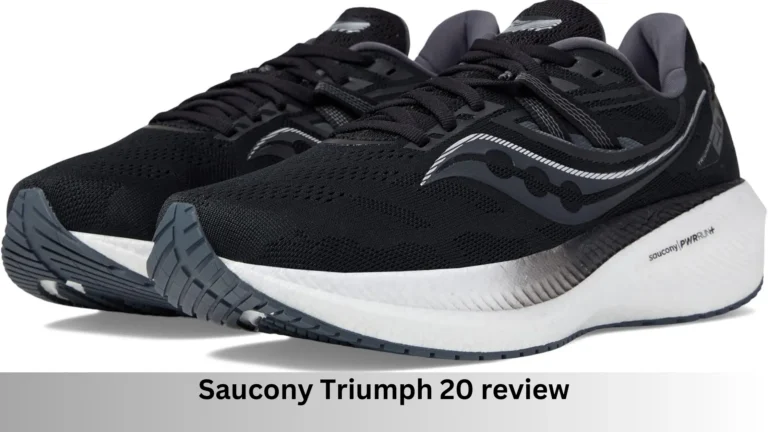
When it comes to finding the right running shoes, women with high arches or flat feet need to choose carefully. The wrong shoes can lead to discomfort, pain, or even injury. In this guide, we’ll help you choose the best running shoes for women with these foot types, ensuring comfort, support, and injury prevention.
Why Foot Type Matters in Running Shoes

Your foot type affects how you run, the pressure your feet experience, and the amount of support you need. Women with high arches or flat feet often face specific challenges, and wearing the wrong shoes can increase the risk of conditions like plantar fasciitis or shin splints.
- High Arches (Cavus Foot): High arches mean less natural shock absorption, causing more strain on joints and muscles.
- Flat Feet (Pes Planus): Flat feet lack the natural arch, causing overpronation (your foot rolls inward) and requiring more stability.
How to Choose Running Shoes for Women with High Arches
1. Look for Cushioning
High-arched feet need extra cushioning to absorb shock and reduce strain on your knees and hips. Choose shoes with ample midsole cushioning and soft, flexible soles.
Key Features to Look For:
- Cushioned midsole: For better shock absorption.
- Neutral shoes: Designed for those with high arches.
- Arch support: A good arch support will help distribute pressure evenly.
2. Ensure Flexibility
Shoes for high arches should allow your foot to move naturally, so flexibility in the forefoot is essential. Avoid overly stiff shoes, which can exacerbate discomfort.
3. Arch Support is Crucial
While cushioning is important, the arch support should still be sufficient to prevent excessive stress on the arch and metatarsal bones.
Best Types of Running Shoes for High Arches:
- Neutral Running Shoes: Offer flexibility and cushioning without added stability features.
- Cushioned Shoes: Provide the most shock absorption.
How to Choose Running Shoes for Women with Flat Feet

1. Prioritize Stability
Women with flat feet are prone to overpronation, so stability shoes that help control this motion are key. Look for running shoes that offer support in the midsole to prevent inward rolling.
Key Features to Look For:
- Stability shoes: Designed to help correct overpronation.
- Motion control shoes: For severe overpronation.
- Firm arch support: Helps align your foot correctly.
2. Opt for Firm Midsole Support
Flat feet require shoes with firm midsoles to prevent the foot from collapsing inward, which can lead to ankle and knee pain.
3. Heel and Ankle Support
Since flat feet tend to overpronate, shoes with added heel and ankle support help maintain alignment during running.
Best Types of Running Shoes for Flat Feet:
- Stability Running Shoes: Correct overpronation and provide extra support.
- Motion Control Shoes: Ideal for runners with extreme overpronation.
How to Tell if You Have High Arches or Flat Feet
Not sure if you have high arches or flat feet? Here’s a simple test you can do at home:
- Wet your feet.
- Step onto a piece of paper or cardboard.
- Look at the imprint:
- High Arches: If you see little to no middle part of your foot, you likely have high arches.
- Flat Feet: If you see a complete footprint, you may have flat feet.
Other Considerations When Choosing Running Shoes for Women
1. Shoe Fit
Ensure your shoes fit properly. Too tight, and they’ll cause discomfort; too loose, and they can lead to blisters or instability.
2. Running Surface
The type of surface you run on matters. If you run on roads, choose road-specific running shoes. For trails, opt for trail running shoes with better traction and durability.
3. Replace Your Shoes Regularly
Running shoes wear out over time, especially for women with unique foot types like high arches or flat feet. Replace your shoes every 300-500 miles to ensure you’re getting the right support and cushioning.
Also Read: Best Running Shoes for Women in 2024: Ultimate Comfort Guide [Expert Picks]
FAQs
Q1: Do I need custom orthotics for high arches or flat feet?
Custom orthotics can provide extra support, but they’re not always necessary. Many high-quality running shoes offer sufficient support on their own. However, if you experience pain or discomfort, consult a podiatrist.
Q2: Are barefoot running shoes good for flat feet or high arches?
Barefoot or minimalist running shoes typically lack the support needed for flat feet or high arches. They can worsen existing issues, so it’s best to avoid them unless recommended by a professional.
Q3: Can I wear the same running shoes for both high arches and flat feet?
No, running shoes designed for high arches focus on cushioning, while shoes for flat feet focus on stability. It’s important to choose shoes that address your specific foot type.
Q4: How do I know if my running shoes are right for my foot type?
If you feel comfortable, supported, and pain-free during and after runs, your shoes are likely a good fit. If you experience discomfort, blisters, or pain, you may need a different type of shoe.
Conclusion
Choosing the right running shoes for women with high arches or flat feet is crucial to prevent discomfort and injury. Look for shoes with the appropriate cushioning, stability, and support to match your foot type. Remember, your running experience should be comfortable and pain-free, so invest in the right shoes for your feet and running style. Happy running!
By using the right running shoes for your unique foot type, you can improve your running performance and stay injury-free. Don’t forget to prioritize fit, support, and cushioning, and always replace your shoes regularly to maintain their benefits.

Hello, I am Natasha Rose. I am the founder of the website Best Running Shoes. I am from California, USA. I am a professional shoe analyzer and an employee in a shoe showroom. I like to provide information about all types of shoes.






